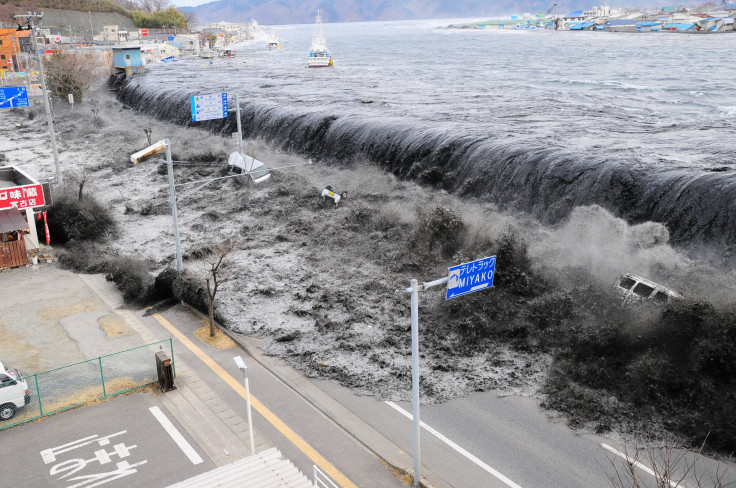Japan’s New Seawalls Already Under Threat From Extreme Tsunamis As Sea Levels Rise

Human beings are no match against Mother Nature when she decides to vent her wrath as in Hurricane Katrina in August of 2005 or the tsunami that struck Japan in March of 2011. The only “defense” against these events is to get out of their way by leaving the area or seeking higher ground to evade floodwaters.
After such an event, we are naturally driven to prepare for the next disaster based on lessons learned from previous cataclysms. And when you have hundreds of “experts” each with their own theories and ideas, the path to preparation can get quite muddled. The hope is that out of the many ideas proposed the best ones will be part of the final solution until, of course, the next hurricane or tsunami strikes that changes the “equation”
With that in mind, the new seawall being built in Taro, in northeast Japan, underwent a study by experts at the University of Sheffield’s School of East Asian Studies. A paper was published in The Asia-Pacific Journal concluding that while the new seawall is an “incremental improvement on pre-2011 defenses”, it risks being overwhelmed by a future tsunami of a similar scale. In other words, Mother Nature will win again.
The same study by the experts at the U.K. based institution of higher learning noted the Japanese government did not account for the possibility of rising sea levels caused by global heating in its recommendations made soon after the devastating earthquake and tsunami.
Dr. Peter Matanle, senior lecturer and director of research and innovation at the university, said, “By failing to include the consequences of climate breakdown in its disaster prevention strategy, the Japanese government may be putting future communities at elevated risk of a devastating tsunami.”
He added a political comment, “Instead of preparing for the past by failing to imagine the future, governments around the world must live up to their obligations in the Paris climate agreement and adopt a transformational approach suitable for an era of increasingly severe ‘mega-disasters’.”
There is no argument in scientific circles that climate change has always existed but there is some disagreement as to the causes behind it and if the trend is toward a warmer or cooler globe.
Environmental activists will blame the use of fossil fuels and industrial pollution and melting ice caps and give dire warnings about a rapidly heating earth. Others will look at planetary and solar orbital cycles that point to an approaching ice age. Those who disdain science and embrace a religion will place their faith in a “higher power”.
The bottom line is that building a sturdier seawall in anticipation of higher sea levels will probably not make any difference with a powerful tsunami like the one that struck Japan in 2011. The best preparation will still be to get out of its way and seek higher ground as some animals seem to do instinctively.
© Copyright IBTimes 2024. All rights reserved.





















